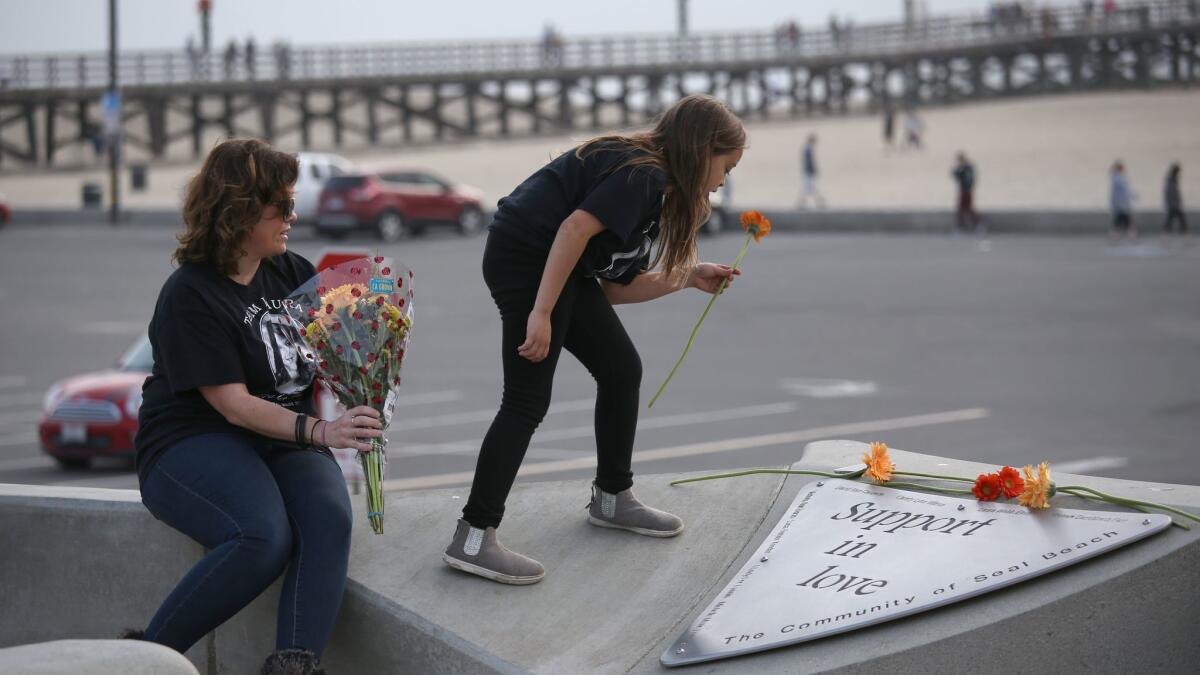Editorial: The death penalty doesn’t bring closure so much as it extends trauma

- Share via
Death penalty advocates like to argue that putting a convicted murderer to death gives the victim’s family and friends a sense of closure, as though having another body in the ground somehow evens the score or lessens the loss or at least gives the tragedy a dramatic final ending. In reality, though, the extraordinarily lengthy delays in conducting a capital murder trial, followed by the extensive appeals process, means that decades can pass between a murder and an execution — if the execution happens at all. So not only is that supposed moment of closure elusive, but the drawn-out process — often accompanied by years of court hearings and filings generating fresh news coverage — means the families wind up reliving the trauma over and over again.
Nationwide, the average length of time between sentencing and execution is nearly 16 years. In California, about half of the inmates on death row have been there at least 20 years. Of the 123 California death row inmates who have died since 1978, only 15 were executed.
Relatives of the victims of Scott Dekraai’s horrific 2011 beauty salon attack in Seal Beach, in which he killed his ex-wife and seven other people, are learning about the tortuously long legal process. Dekraai pleaded guilty in 2014. On Wednesday, California Atty. Gen. Xavier Becerra announced that rather than seek a sentence of life without parole, he would seek the death penalty.
Becerra made that decision despite objections by some of the victims’ families that they just want the legal battle to end. Tom Stretz, whose stepdaughter was among the murdered, described his emotions: “It’s miserable — there are no words…. Every time any element of the case comes up, we just regurgitate the same feelings. Anger, sadness, disbelief — it’s almost surreal.”
In fact, studies have found that capital-murder trials and executions rarely bring a sense of closure, or peace, to the families. Florida therapist Lula Redmond, who works with such families, told Psychology Today that “taking a life doesn’t fill that void, but it’s generally not until after the execution that families realize this.” Victims’ families often find themselves sympathizing with the families of the killer, finding solace in shared trauma. Grief, as those who have experienced it can attest, never really goes away. But it does fade with time.
It takes much longer to fade, however, if the criminal justice system, in its misguided thirst for taking one life to atone for loss of another, forces the grief-stricken and traumatized to keep reliving the moment — cruel and unusual punishment, if you will, for those who are guilty of nothing.
Follow the Opinion section on Twitter @latimesopinion or Facebook
A cure for the common opinion
Get thought-provoking perspectives with our weekly newsletter.
You may occasionally receive promotional content from the Los Angeles Times.






